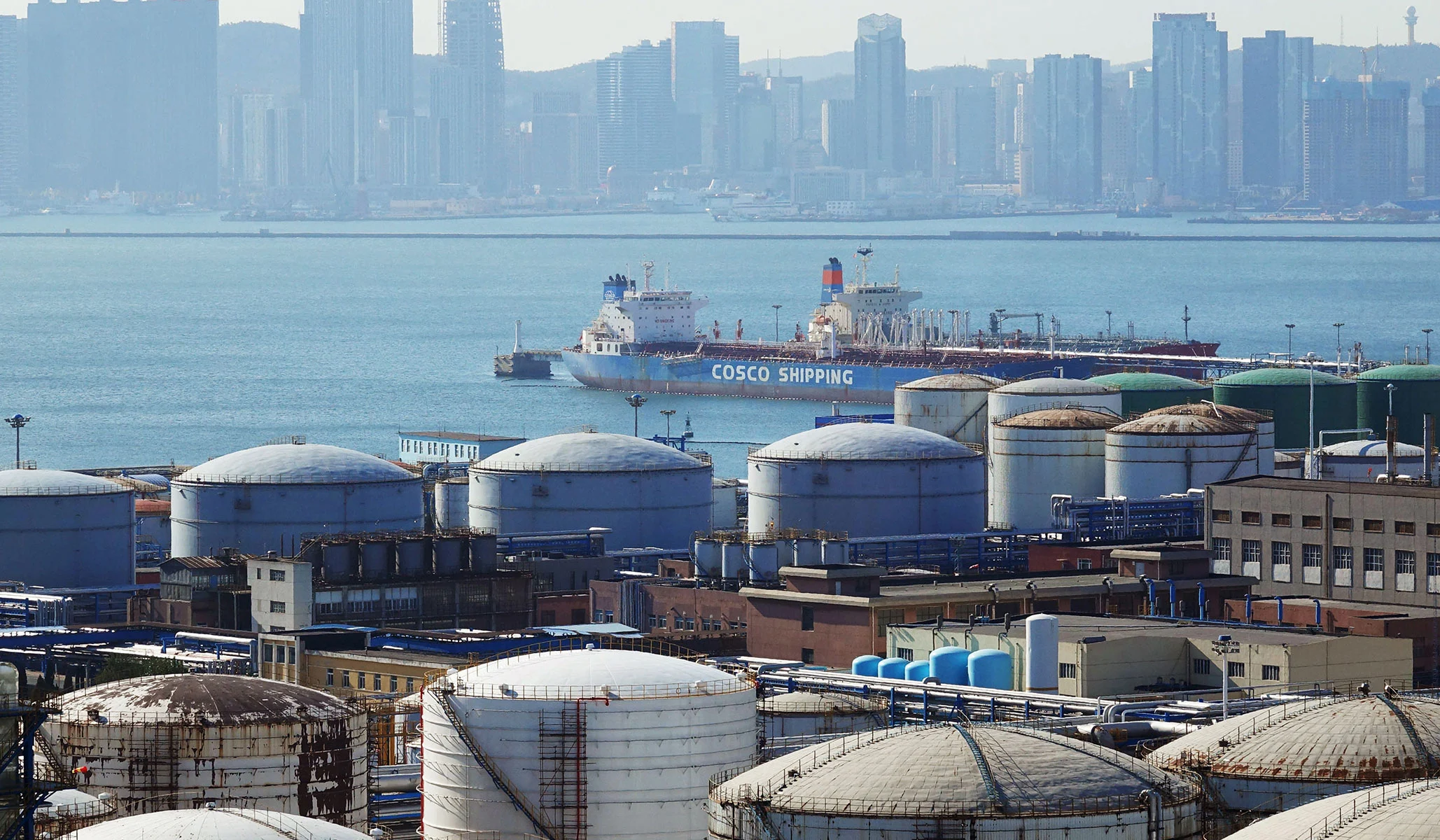Concerns about a potential war over Taiwan have risen as Chinese forces have brushed back US ships and planes in international waters. For decades, free-world leaders relied on two advantages to deter China: its military weakness and its dependence on Middle Eastern energy, which could be interdicted in a crisis. However, both advantages are fading, and their fate is interconnected. China has increased its military capabilities, which have undermined America’s once-clear military superiority. Additionally, China has steadily reduced its energy vulnerability, which is less noted but also worrisome.
China uses roughly 16 million barrels per day of crude oil, of which it imports up to 12 million barrels per day. Half of these imports come from the greater Middle East, crossing the Indian Ocean and Southeast Asian straits. In short, overseas oil remains China’s lifeblood, and in wartime, the democracies could disrupt its transit. The Chinese Communist Party (CCP) has long prioritized a two-pronged response to this danger. First, its military strategy calls for a “short, sharp” war, seeking victory before energy shortages cripple China. Second, its energy strategy seeks to secure oil sufficient for months of war.
The CCP has launched several major efforts to secure such energy supplies. It has tried to dramatically ramp up domestic crude production, promoted electric-powered vehicles using coal-generated power, and increased the size of China’s strategic petroleum reserves. The CCP has obfuscated its energy data, so it’s hard to know for sure. But combined, these measures may provide China with several months’ or more worth of reliable energy during a crisis.
China’s government-controlled stockpiles cover 100 to 120 days’ worth of peacetime imports, exceeding international authorities’ recommendations for peacetime buffers. China’s national-security concerns make even greater increases likely. In addition, China has increased access to Russian crude oil, which, unlike seaborne imports, can be piped or carried directly into the country. Russia’s isolation after invading Ukraine has increased China’s leverage. Russian oil-pipeline capacity approaches 2 million barrels per day, but oil can also move into China by rail, barges, and trucks.
All these factors might lead China to expect that America might embrace an early ceasefire if war broke out, and that a worried world would press for one. Xi might perceive the short, sharp war he seeks as within reach.
In conclusion, the military and energy pictures are shifting, and strategic reserves, Russian imports, and domestic controls have provided China with an energy buffer. Chinese energy vulnerability, once taken as a given by Western analysts, may no longer drive Xi’s calculations. He may well see weapons inventories and the military balance as the more important factor in his decision-making.

